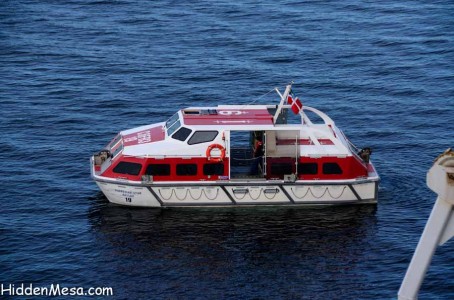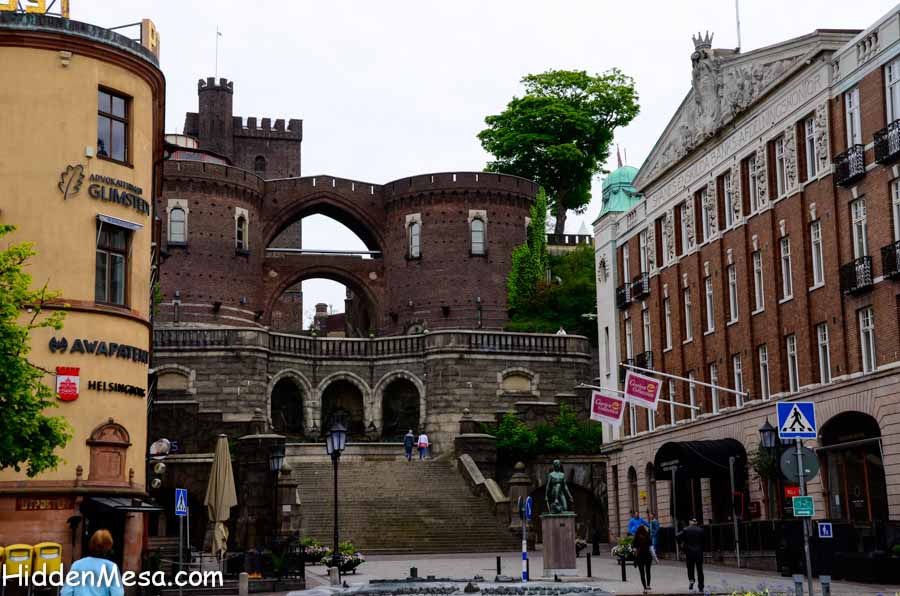It’s mid May as we write this little article about Helsingborg and already the sun sets at 9:41 PM and rises at 4:55 AM in this part of the world. For us Americans, this kind of behavior is reserved for our Canadian and Alaskan friends almost exclusively, but for Sweden, Denmark, and the rest of the folks up around the Baltic Sea and the North Atlantic, this is how life is, and how it’s always been. Temperatures are in the mid 50s’ and low 60s’ today, which seems to be normal for this time of year. What a hardy bunch of people they must have been in the earlier times when life wasn’t so easy.
Helsingborg is one of the oldest cities in Sweden, thought to have been settled on 1085. It was part of Denmark at that time and didn’t become part of Sweden until 1658. There’s an interesting history between the two cities of Helsingborg in Sweden and Helisngor. At one time they were both part of Denmark. In the 1420s, King Eric decided to charge a toll for ships passing through the Oresund on their way into and out of the Baltic Sea. The Oresund is an area that is only about two miles wide so it was easy to demand the toll since Denmark controlled both sides. And, cannons from one side or another could easily reach more than half way across the sound. This toll collection evidently amounted to over 2/3 of the Danish budget for many years.

Using a lifeboat to tender into shore where communities don’t have suitabe docks is relatively common. Image by Donald Fink
Our journey today involved tendering into the city of Helsingborg from our ship, which was anchored in the harbor about a mile out. We used ship’s lifeboats and landed in the marina downtown. From there we caught a bus and traveled by ferry across the sound into Denmark. We stopped in town for a few minutes and visited several churches and a monastery. Our view was restricted to outside only since it was Sunday and services were in progress inside. From there, we traveled a short distance south to the Kronborg Castle and toured the grounds and many of the inside rooms. Kronborg was interesting because it was never intended to be a palace in the beginning, but rather, it was a business office to collect taxes from passing ships. Over the course of many centuries though, it has served as a palace, a barracks for the Danish Army, and almost completely burned down at one point in the 17th century. From there it was re-built but never quite made it back to its original glory. Still, it was a interesting piece of Danish history.









